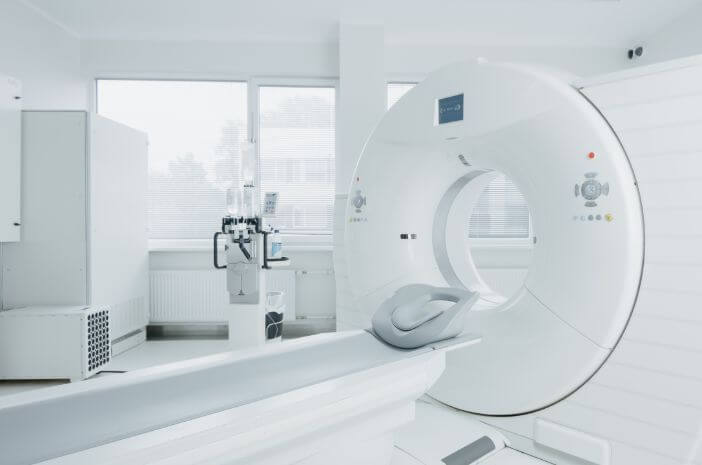What is CT Scan?

A diagnostic imaging procedure called computed tomography (CT) produces fine-grained pictures of blood arteries, soft tissues, bones, and internal organs. It is possible to reformat the cross-sectional images produced by a CT scan in several planes and even create three-dimensional images that can be printed on film, seen on a computer screen, or saved to electronic storage. Since the images enable your doctor to confirm the existence of a tumor and ascertain its size and location, CT scanning is frequently the most effective technique for identifying a wide variety of malignancies. CT scans are quick, painless, non-invasive, and precise. It can promptly detect internal injuries and bleeding in emergency situations, potentially saving lives.
Why it’s done
A CT scan may be recommended by your healthcare provider for a variety of reasons. A CT scan, for example, can be beneficial:
1. Identify disorders of the muscles and bones, including tumors and fractures.
2. Point out the location of a tumor, infection, or blood clot.
3. Provide guidance for operations including radiation therapy, biopsies, and surgery.
4. Identify and track the development of illnesses and ailments such cancer, heart disease, liver masses, and lung nodules.
5. Examine the effectiveness of specific treatments, such cancer treatment.
6. Look for internal wounds and bleeding that may result from trauma.